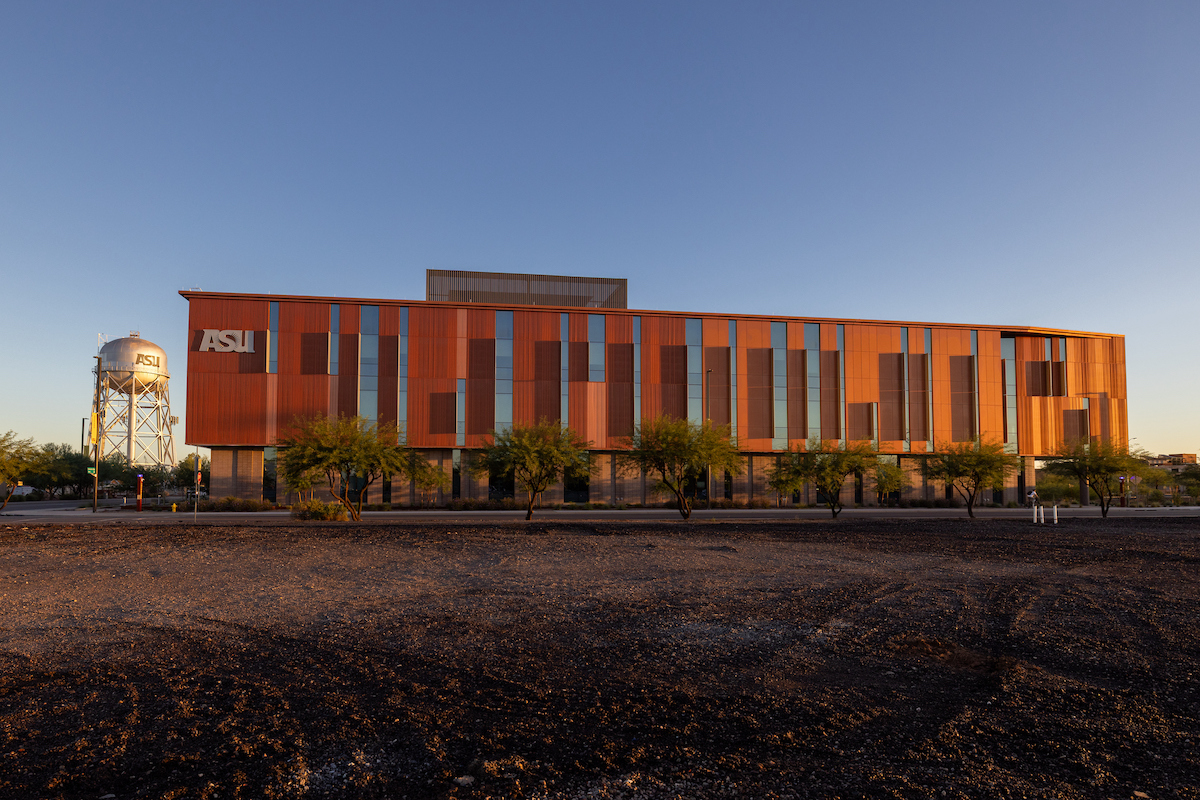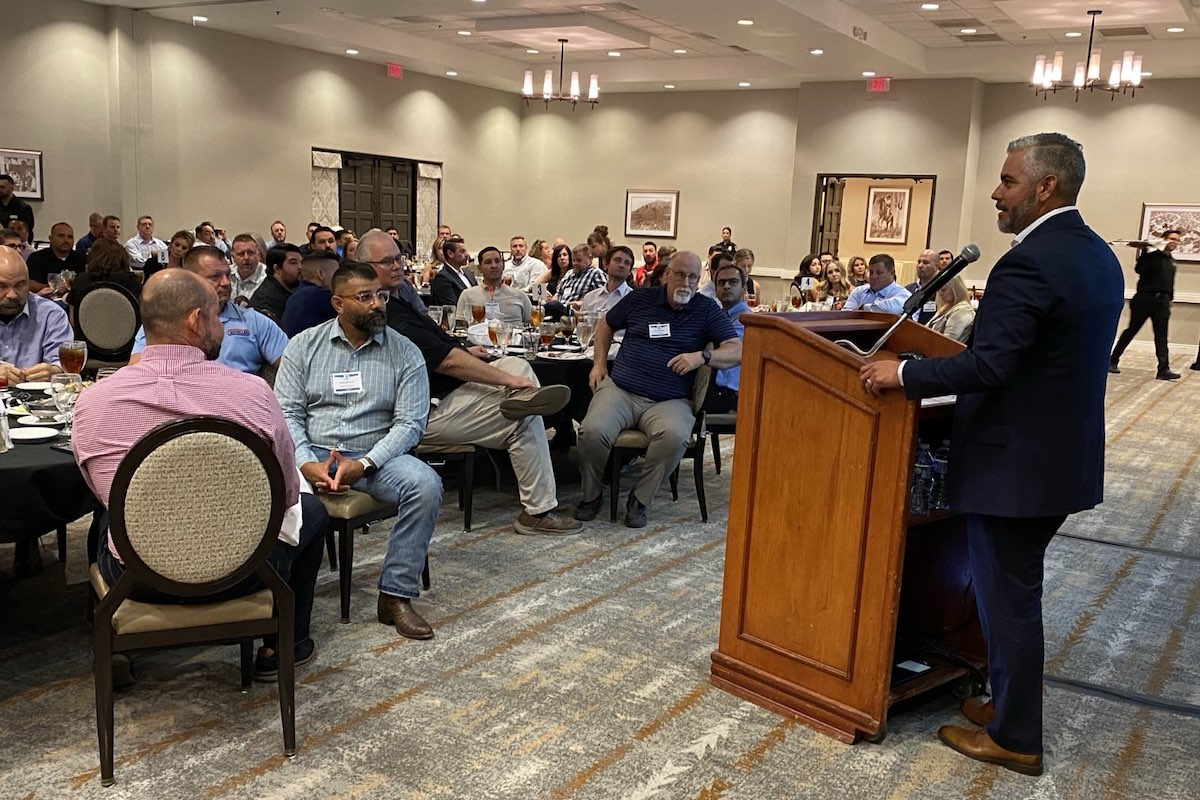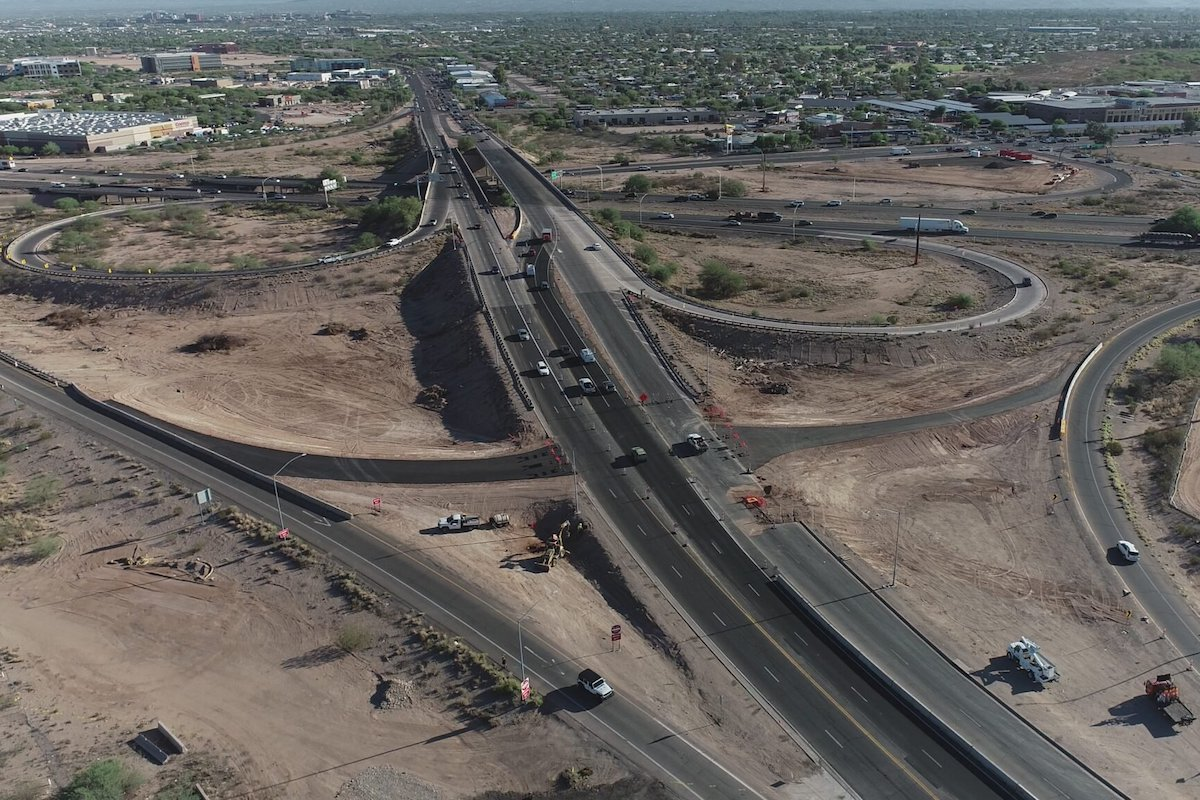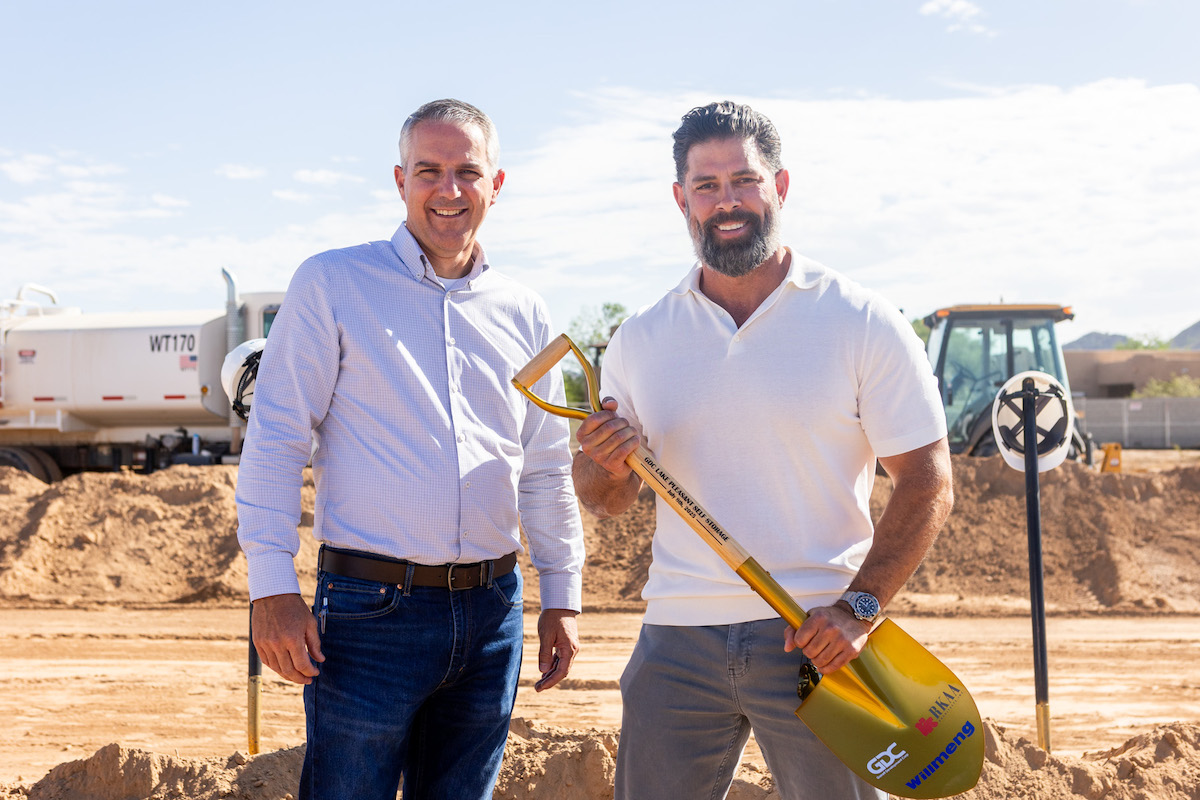Take productivity, for example. Other industries have seen dramatic increases in productivity thanks to technology, but productivity in construction has remained flat for decades. This isn’t because construction is already as efficient as it can be; it's rather the result of a lack of proper data collection and usage. The Dodge Smart Market Report detailed how improving data collection affects the contractor that receives the information. The top three outcomes were: increased ability to complete projects at budget or under budget, greater productivity, and greater profitability.
Construction has been slow to adopt cloud computing and is missing out on the productivity that comes with it. Even if the industry sees the value in having more information that is also more accurate, there are many misunderstandings and misconceptions about this tech that need to be addressed before widespread adoption will occur. So let’s zero in on how project managers and contractors can increase their productivity by using real-time cloud-based software that tracks time, production, and job costs.
In the past, changing from one on-premise technology system to another was very expensive and labor-intensive. Known as legacy systems, older technology required complicated and expensive physical equipment. Most legacy systems use a paper or spreadsheet-based time tracking system that requires human input and confirmation. Legacy systems are an all or nothing implementation that could take months, cloud-based systems take days. Those familiar with the older systems may assume that cloud-based software carries with it the same issues and costs, it doesn’t. So, let’s discuss the cost-based misconceptions about cloud-based software:
Labor is always a top cost for projects, and it becomes even more significant for specialty contractors. Late arrivals, long lunches and early departures cost the company time and money. Place those costs on top of the cost of running paper timesheets or spreadsheets and the costs add up fast.
The American Payroll Association (APA) found that going from a spreadsheet or paper-based time card to a real-time capture time tracking software eliminates up to 8 percent of the total cost of payroll. The average weekly loss of time is four hours and five minutes per employee, per week. For every 10 employees making $20 per hour, this equals a loss of $816 per week.
Cloud-based software can be implemented and scaled very easily. A typical cloud-based implementation takes less than a week, compared to the months it takes for a legacy system. A perfect starting point is to implement time tracking software that can capture real-time data. On top of saving the company payroll expenses and time, the system can be implemented on the right scale for the business. It can start small with just a single group and work its way up to the entire workforce if needed. In the cloud, a company has the flexibility to pick how many users it has at any time, whether seasonal, project-based, etc.
On top of misconceptions about how much a cloud application will cost are the misconceptions of how functional a cloud application will be. There are three common misconceptions about cloud-based applications that stop companies from implementing the upgrades they should.
Instead of having to manually fix data to and from an ERP system into any ancillary software in a legacy system, cloud-based software is integrated with the ERP system and will update itself to continue to match the ERP. That level of integration means no downtime for the systems to communicate with one another. The cloud-based software matches the ERP and is easily lined up to communicate more useful information such as current cost or project progress. Even if this seems overwhelming, it’s not because the best-in-class cloud software for time tracking will show employees only the relevant projects and tasks/cost codes from the ERP specific to that employee.
Employees Aren’t Technically Skilled Enough
Switching to a new piece of software can lead to the fear that employees won’t be able to use it due to lacking technical skills. There’s also a fear that unskilled employees may cause the software to fail by improper use. But, the reality is that new time tracking software is as easy to use as a banking app. The average smartphone user has 2.5 mobile banking apps installed on their phone, according to Bankrate. With 96 percent of those 50 and younger having a smartphone, each employee has the skill set already to log in and use time tracking software.
In fact, time tracking software is easier to use and handle than any paper version. The software will not allow a crew member to inaccurately clock in or choose from the wrong site or project list if you have robust permission profiles set up that mirror the project cost structure from your ERP. A cloud-based timekeeping system can be flexible and can allow a mixture of real-time tracking by employee or crew clock in and out by their supervisor.
The cloud is the present – and future – of technology. By adopting cloud-based software, the construction industry can transform how worksites and crews are managed. Now is the perfect time to up your competitive edge by investing into time tracking software that can be scaled at the right speed for the company. If done correctly, along with many other benefits, it can bring significant relief and add substantial new revenue to any company’s bottom line.




































































